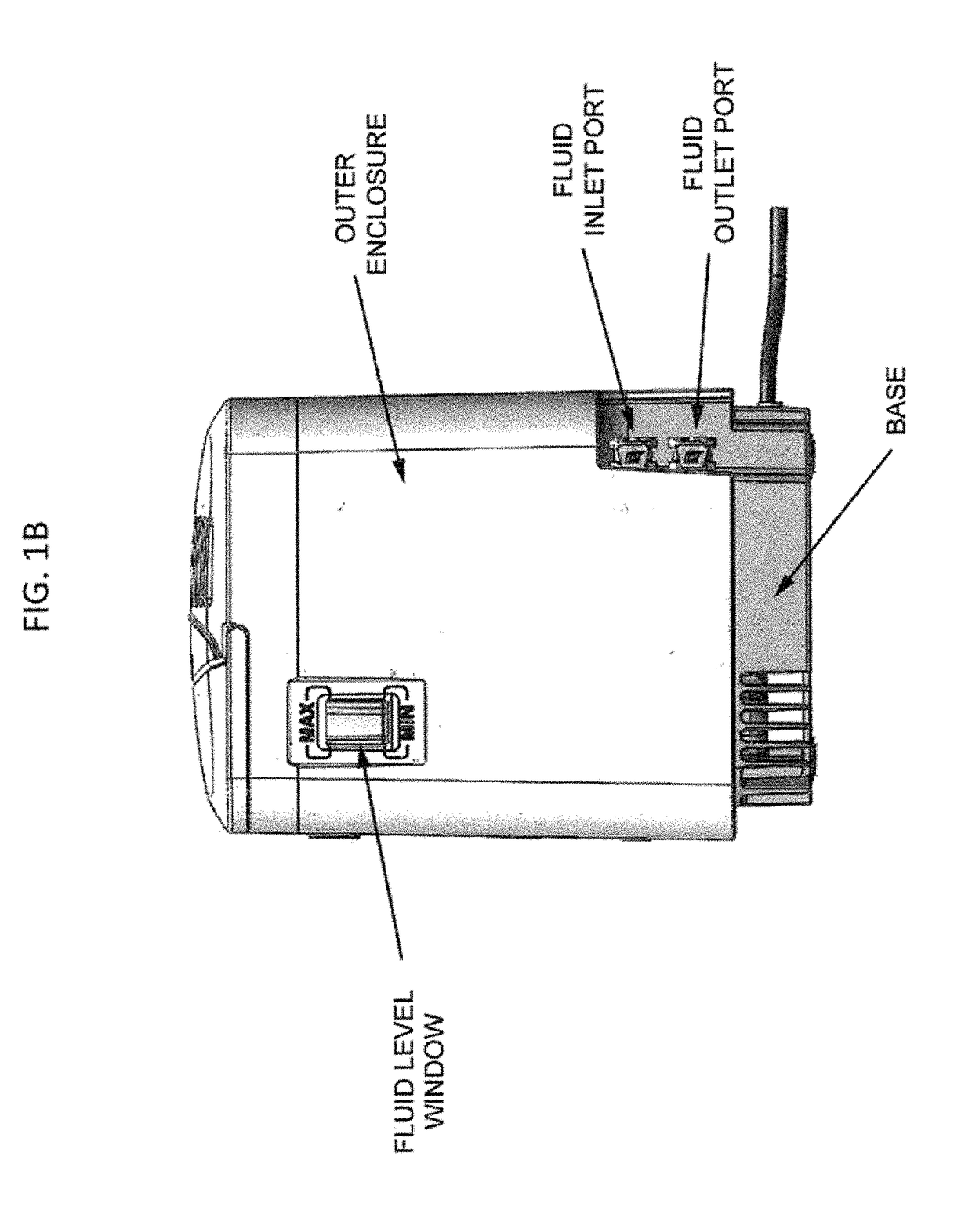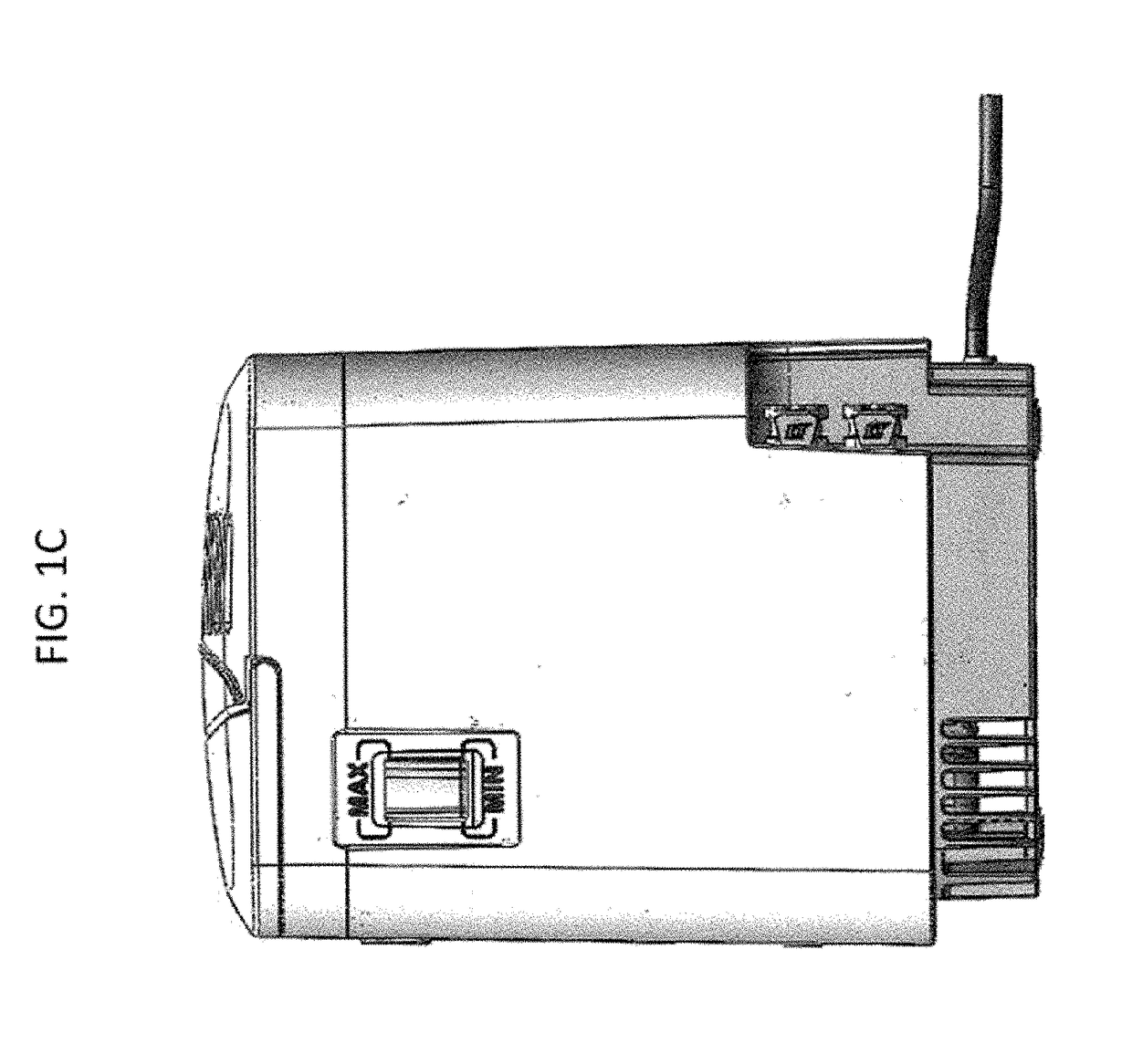Forehead cooling method and device to stimulate the parasympathetic nervous system for the treatment of insomnia
a parasympathetic nervous system and cooling method technology, applied in the field of forehead cooling method and device to stimulate the parasympathetic nervous system for the treatment of insomnia, can solve the problems of increased risk of mental health problems, health care costs, and economic burden of insomnia, and achieves the effects of improving sleep quality, improving sleep quality, and improving sleep quality
- Summary
- Abstract
- Description
- Claims
- Application Information
AI Technical Summary
Benefits of technology
Problems solved by technology
Method used
Image
Examples
Embodiment Construction
[0096]Described herein are apparatuses (including devices and systems) that specifically control the temperature of a patient's forehead region to modulate sleep. For example, described herein are apparatuses and methods configured to provide a cooling temperature at the patient's forehead. This temperature may be sufficiently cool to induce a diving reflex in a patient (e.g., in some variations, e.g., between about 10° C. and 15° C.) or other cooling temperatures (e.g., between about 0° C. and 30° C., between about 0° C. and 25° C., between about 0° and 24° C., between about 0° and 23° C., between about 0° and 22° C., between about 0° and 21° C., between about 0° and 20° C., between about 0° and 19° C., between about 0° and 18° C., between about 0° and 17° C., etc.) for a period of time, which may be a predetermined period of time, to reduce sleep onset latency, enhance depth of sleep, and / or extend the time a subject sleeps. In some variations the subject may be a subject sufferin...
PUM
 Login to View More
Login to View More Abstract
Description
Claims
Application Information
 Login to View More
Login to View More - R&D
- Intellectual Property
- Life Sciences
- Materials
- Tech Scout
- Unparalleled Data Quality
- Higher Quality Content
- 60% Fewer Hallucinations
Browse by: Latest US Patents, China's latest patents, Technical Efficacy Thesaurus, Application Domain, Technology Topic, Popular Technical Reports.
© 2025 PatSnap. All rights reserved.Legal|Privacy policy|Modern Slavery Act Transparency Statement|Sitemap|About US| Contact US: help@patsnap.com



